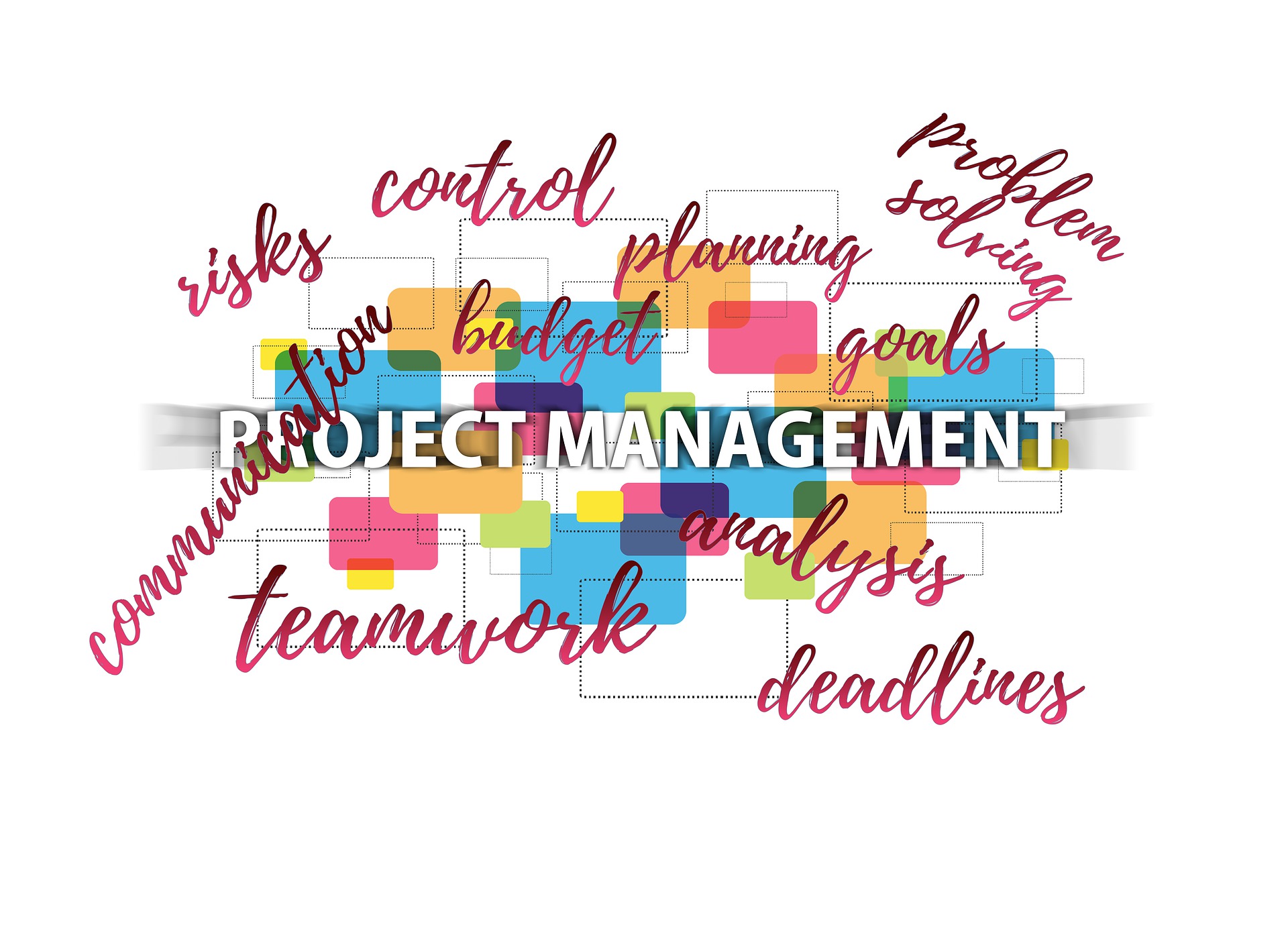Passing the PMP® Exam is key to receiving the benefits of the global gold standard for project management professionals. I’m sharing my top 10 PMP® exam tips in this article, because I want to help you become a PMP®. It is such an important career boosting credential. Studies show it can increase your salary up to 22%. Just remember, its a marathon not a sprint.
While you may not think of yourself as a good test taker, and not passing it is tough on the ego, yet believe me when I say, in the long run, failing can help you be a better project management professional. Get serious and study. If I can do it, you can do it. The PMP® exam tips in this post will help you for sure. So, let’s get training, shall we?
Here are my top 10 PMP® exam tips:
Good news is I passed the test, after taking the 3-month preparatory class followed by an additional 2-months of studying. Keep on reading if you are looking for specific actionable hacks, insights and PMP® exam tips. The following are my best PMP® exam tips to become a PMP®.
Study the PMP® exam Outline
First of all, did you know there is an PMP® Exam outline? Find it and study it closely. Knowing how the exam is structured and graded will help you focus on the areas on which you will be tested. Carefully review and absorb the PMP® Exam outline well before the test. To do this log into your account at PMI. Search for exam outline. This is an important PMP® exam tips we’ll share more about later in this post.
Crowe Podcasts & Velociteach Videos
One helpful suggestion is to make the time to listen to Andy Crowe, Bill Yates, and Louis Alderman from the audio compilation, “Conversations on the PMP® Exam.” The audio files come with your exam prep class so no need to purchase them separately. From these audio tracks, you’ll learn quickly what is important. And, you’ll get a quick overview of what it means to be a PMP®. The conversations are funny and insightful. If you listen closely, the audio should help you see how the test makers think about the materials. I listened while I was driving to work or walking my dog. It’s a good overall preview of the class and test materials. These resources help you get into the PMI mindset and learn the language and communication styles of well-known project managers. This is one of my best PMP® exam tips.
Log into your Velociteach account and find the PMP® course videos. They are useful and well produced to help you gain additional clarity. A thorough review of the Velociteach Process Explorer matrix will give you a clearer sense of the process flows, where documents and component originate, are used and modified. This sense will be critically important to scoring well on the test. Here is the link: http://insite.velociteach.com/course/ProcessExplorer/6/matrixPMP.aspx
I have to admit, I did not take advantage of the Velociteach resource, as much as I could have. Please do make the time to really digest the 1100 Practice Test Questions and Answers, Interactive Process Explorer, Process Matrix Worksheets, Formula Sheets, Project Plan Stack Exercise, Earned Value Practice Exercises, Earned Value Formula Map, Course Progress Checklist and receive your Certificate of Completion. Also, the Velociteach Flash card app was a useful resource. So login and explore these helpful PMP® Exam tips.
Read the PM Book of Knowledge
Believe me, the PMBOK is dry, not visually well presented and exceptionally voluminous. Yet, it is ESSENTIAL to read it cover-to-cover, at minimum 1x, and preferably 2x, in order to grasp the insights, on which you will be tested. You MUST understand the way that PMI frames and discusses the exam material. You must be able to think and make decisions in the “PMI way.” While the Crowe book, the Velociteach class slides & online videos are good review, there is no substitute for reading the PMBOK cover-to-cover.
Don’t forget there is a searchable pdf version of the PMBOK. I found it useful when quick searching for concepts and occurrences of keywords or other important phrases. It is locked, so you will not be able to copy from it to study. However, you will receive the password from your PMI instructor. If you do not, please ask, for it is a useful tool to reference.
Test, test, test, test…
One of my friends is a clever financial analyst. She has studied for and passed a couple of FinTech certifications. When I told her I was studying for the PMP® and the type of test, she simply said, Test, test, test, test. Do as many tests as possible. Success is in the art of answering difficult scenario questions.” I suggest testing during the class yet more frequently during the weeks and days leading up to your test date. Start each day getting into the PMP® mindset. Any tool will do.
For example, each morning, I used the “Quick 10” test on PMI® PMP Exam Prep App (PMBOK 6) in those moments where I had 15-m or less to study. Also, your class fee includes online Velociteach access to 3 x 200 question tests. You can take tests in arbitrary segments, with a particular knowledge focus, up to 200-questions. Every week, set aside enough time to answer a 25-50 question test. Pace yourself but do take all three tests before you take the real exam for the first time. Understanding and being able to ferret out the most correct answer to scenario questions are KEY to passing this test.
Also, you can subscribe to PM Training and get access to 600-more questions. Don’t forget to review or re-take tests you were given in class, too. You must stimulate your mind every day to be thinking the PMI way. Keep in mind, the questions you will find on Velociteach, PM Training and other apps will be easier than the actual PMP® exam questions.
Be a prepper
Another one of my PMP® exam tips, is to create a summary sheet of important content as an invaluable learning tool. Some people call these “dump sheets” or “prep sheets” to be re-created just before the test begins. You should rehearse building your own customized prepper sheet. And, while checking with fellow students in your class or on youtube how they are creating theirs is optional, I strongly recommend you make time to create your own unique dump sheet. Start the very first day of class, if you can. For templates, check out Projectprep study sheets, talk with your fellow classmates about how they are creating their sheets, and review the video of how I created my own prep sheet.
Two recommendations:
- Time yourself making your prep sheet, so you know how much time you will need to recreate it before the test.
- Begin to create your sheet as soon as possible in the prep class. Don’t wait to create yours until just before the PMP® exam. Be a prepper- start early.
Use mnemonics – The magic number? 766-436-3734
You absolutely MUST memorize, understand all 49-processes and visualize how the knowledge areas and process activities interlock with the 5-project phases. There is a simple mnemonic I developed to help you visualize your dump sheet.
It’s so simple you’ll be light years ahead by using this mnemonic. My magic number is 766-436-3734 and the key sounds are ISS-CQ-RCR-PS. You’ll see how to use the numbers and sounds in this short video I made to help you.
I really enjoyed and benefited from reviewing Ricardo Vargas’ videos and books. You must know cold how the processes, ITTOs and activities flow throughout a project. Ricardo will help you visualize the interlocking relationships. Review the ITTOs associated with each process. Carefully review the flows of the 49 processes mapped to their inputs-tools-techniques-outputs. Use the online Velociteach Process Explorer matrix, to help you visualize the processes, ITTOs and outcomes. For me, this was probably the most difficult of the 10 PMP® exam tips to master. You can do it, if you follow my PMP® exam tips and video.
Create your own study group
The PMP® prep class is an opportunity to create a study group for the test. My experience suggests to study in smallish group, 2-4 people is ideal. Do practice tests together yet understand that in the end you will be alone with the test questions. Get used to and even enjoying testing by taking as many tests as possible ahead of time.
I formed a study group of 4 people. While all 4 of us never got together, for me it was still advantageous. With 4 peeps, there were enough schedule options to fill a 2-person study group whenever I was available. I scheduled study times with these peeps at least 1x per week and for many weeks twice per week. I helped others develop their study plans, too. Helping and teaching another is very effective for learning. I developed these PMP® exam tips from my study groups.
Know the tasks
Did you know there are 43 tasks on which you will be tested? Look for the 43 Tasks as described in the PMP® Exam outline and the PMBOK. Similarly, when you are reading Crowe, be on the lookout for references to these important tasks. Be sure to familiarize yourself with the PMP® exam tips.
Be a PMP, Act as if…
Act as if you are a project management professional, until you become one! Manage your PMP® test preparation as if you were already a project professional. Imagine you are a project manager and your project goal is to pass the PMP® exam. Therefore, the exam prep class is the initiating phase. It is best if you begin exam planning during the class. Identify and assemble a study team. Then, after the intensity of the class is over, you execute your plan, while at the same time, monitoring & controlling the process and products of your plan. It won’t hurt to prepare for closing the project either. You are large and in charge. Integration is your responsibility and only yours.
Respect the test
Final PMP® exam tips, the exam is a bonafide assessment of your project management knowledge. Get serious early about studying for the test. Develop a study and test plan, yet ultimately choose not to fear the test. Despite its difficulty and paucity, it can be passed with a strategic approach and tactics. Like I said before, it’s a marathon, not a sprint. Work up to the marathon 4-hour 200 questions exam by taking progressively longer and longer tests. Just like training for a marathon, this approach will serve you well.
Bonus PMP® exam tips
BONUS PMP® exam tips – #1: Cultivate positive belief in yourself. Choose a mindset of positive anticipation as your test date arrives. Going into the test with negative thoughts will ensure you do not pass. Practice choosing a positive thought-form every day while you are studying. You can pass this test.
BONUS PMP® exam tips- #2: Importantly, you must know the 33 Project Documents and 18 Components, where they originate, how they are updated, used and archived or end up. You will thank me for suggesting this one.
In conclusion, the best approach I can suggest is to use the class as a springboard to execute your study plan, identify and develop study partners, network and develop YOUR unique plan to pass the PMP® exam. Believe me, when you see the word ‘PASSED’ after finishing the exam, you will be glad you read and followed the PMP® exam tips and stepping stones laid out for you in this post. You are in it to win it!
I want to thank the local chapter of PMI Honololu for their support and dedication to helping us all become better project managers. Hope you enjoyed my PMP® Exam tips. Good luck on your test. Have fun, too!

